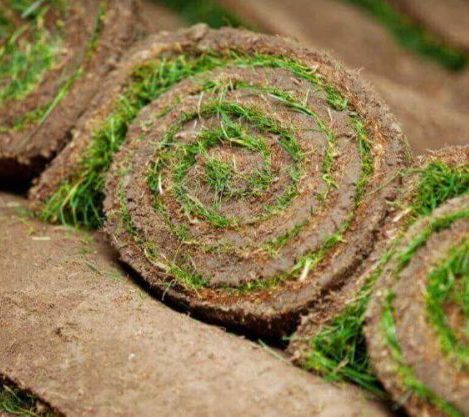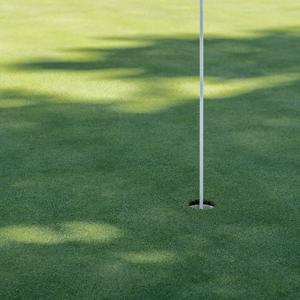- Turf
- Artificial
- Soil
- Timber
- Composite Decking
- Paving & Stone
Get In Touch With Our Experts Today!
Give us a Call! - Seed & Fertiliser
- Dressing
- Bark

March 08, 2024
Achieving a lush, green lawn begins with selecting the right turf and knowing the best installation practices. Whether you’re reviving an existing lawn or establishing a new one, the key to a successful turf installation lies in careful preparation, correct installation, and consistent post-installation care.
In this guide, we’ll discuss turf rolls and the different turf types and the essential steps for successful installation to ensure your lawn gets the best start for healthy growth.
The timing of turf installation plays a crucial role in its successful establishment. The best time to lay turf is during the cooler months of autumn or early spring. These seasons provide optimal growing conditions, allowing the turf to root effectively before facing the stress of summer heat or winter frost.
Selecting the right turf for your specific needs is essential. Consider your local climate, soil type, maintenance requirements, and intended use for the lawn. Here’s a breakdown of different lawn types and their best uses:
Trident Turf is a mix of 75% fescue and 25% rye. Fine Fescue offers a fine texture and lush green colour, while Rye Grass is fast-growing and resilient; together, they create a vibrant, low-maintenance lawn that establishes quickly.
Best Use: Trident Turf is a great all-rounder ideal for residential lawns, ornamental gardens, and recreational spaces.
Wildflower turf contains 27 different perennial and annual seeds that will flower throughout the summer, creating a biodiverse and ecologically rich garden environment.
The native wildflowers offer a natural look and attracts and supports local wildlife, including pollinators like bees and butterflies.
Best Use: Once established, wildflower turf typically needs less mowing and watering, making it an attractive option for those seeking a more natural and low-maintenance lawn.
Species-rich turf contains grass species, wildflowers, and clovers, creating a textured and diverse landscape. Like wildflower turf, species-rich turf undergoes seasonal changes as plant species bloom at various times.
Unlike traditional lawns dominated by a single grass species, species-rich turf aims to replicate the diversity found in natural grasslands and meadows.
Best Use: Species-rich turf is an excellent choice for creating a more natural and environmentally friendly landscape. It is particularly well-suited for homeowners and gardeners who prioritise biodiversity and want a visually appealing lawn.
Greens turf is carefully cultivated from fine-textured grass varieties, creating a velvety-looking, manicured, and uniform surface. The individual grass blades are often finer than those found in standard lawns. They are typically mowed to a very short height, usually much lower than what is suitable for traditional lawns.
Best Use: Greens turf is ideal for golf courses, sports fields, and ornamental lawns. Its close-cut height contributes to the smooth playing surface required for activities like putting.

Rhizomatous tall fescue (RTF) is known for its unique growth characteristics and resilience. Unlike traditional tall fescue varieties, which spread primarily through tillering (the production of side shoots from the base of the plant), RTF has the added ability to spread through rhizomes. The presence of rhizomes (underground stems that can produce new shoots and roots) allows RTF to spread horizontally, creating a dense and interconnected turf.
Best Use: Due to its excellent drought tolerance and wear resistance. RTF turf is great for residential lawns in high-traffic areas, recreational areas and sports fields.
Our Shade-Tolerant Turf is a blend of Trident Turf, which contains a mix of shady cultivars and our Shady Seed Mixture. This blend results in a combination of grasses adapted to lower light conditions. Plus it can maintain their health and appearance in shaded environments.
Best Use: Ideal for lawns that receive limited sunlight due to trees, structures, or other obstacles.
Proper preparation and installation ensure the turf establishes well, resulting in a lush, healthy, and resilient lawn. Here are some of the best tips for laying turf:
Once your turf rolls have been laid and established, regular mowing, watering, and fertilisation will help maintain a healthy and vibrant lawn.
Proper soil preparation, careful installation, and consistent maintenance contribute to your turf’s long-term health, appearance, and resilience. By following these tips, you can increase the likelihood of successful turf establishment and enjoy a vibrant lawn all year round.
CALL US NOW ON 01234 818 253